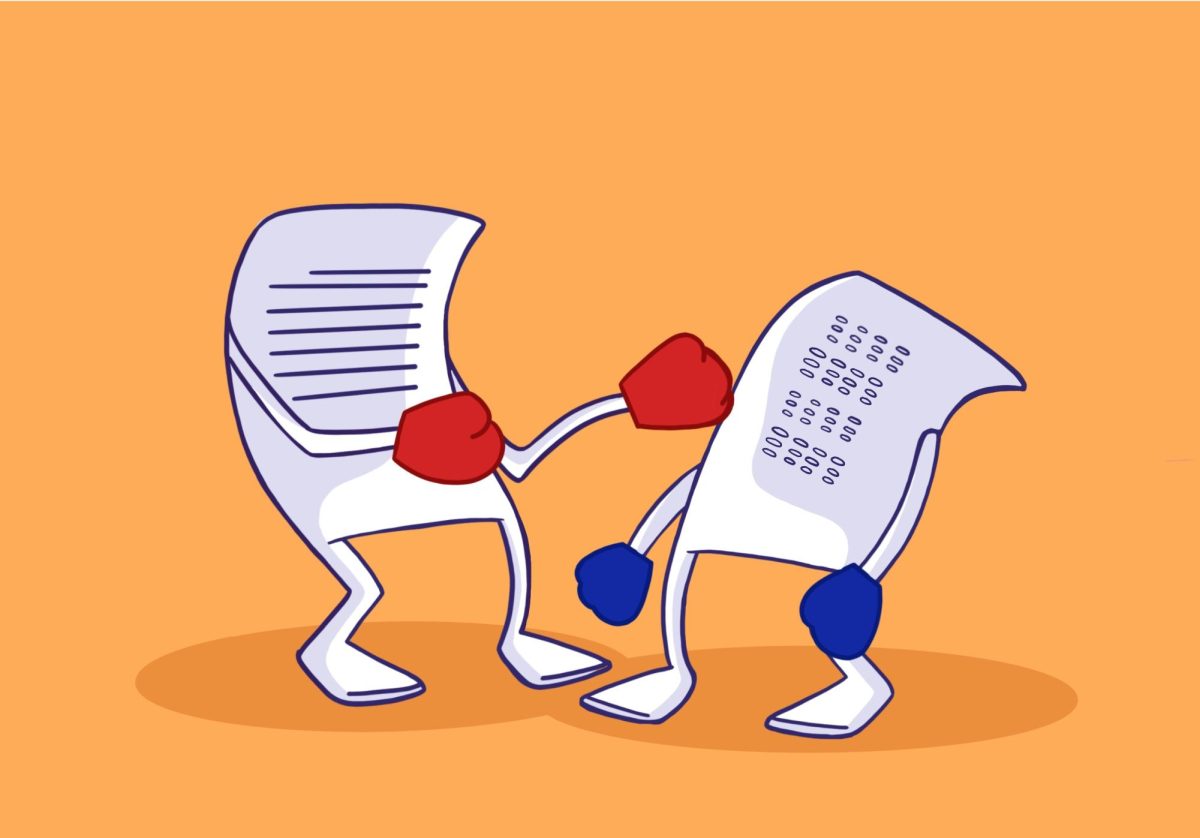It is something that everyone does and few of us think twice about in our culture of convenience – purchasing bottled water. Whether bottled water is part of your regular routine or you only grab one in moments of intense thirst or desperation, we are all contributing to unnecessary and obscene amounts of waste. It isn’t the consumers’ fault, really. I mean, who wouldn’t want to drink healthier and cleaner water from a sparkling spring in the mountains, as the picture on the label suggests? Also, in this “culture of convenience” I speak of there is a clear disconnect between the product in hand and where it goes when we’re done with it.
However, the effects of bottled water on the environment are becoming increasingly clear, from the plastic bottle that contains it to the water itself. I believe it is important for us to understand what we are supporting when we spring for that 20-ounce Evian, and what we can do to reduce our footprints on the environment.
Although it’s easy to think that one little bottle isn’t going to do much damage, if you multiply those by how many people consume bottled water on a regular basis you have massive amounts of plastic waste. According to Food & Water Watch, an organization that works to reduce corporate control of food and water, U.S. consumers alone purchased 37 billion bottles in 2005. More than 47 million gallons of oil are used to produce the bottles every year. Food & Water Watch points out that “eliminating (the production of) those bottles would be like taking 100,000 cars off the road.”
Some of those bottles make it to recycling bins, but the nature of bottled water – it’s handy for people on the go – makes it easy to just toss it in the trash. According to the Container Recycling Institute, about 86 percent are ending up in landfills.
Another issue with bottled water is the manufacturers’ claims of healthier and cleaner water than that from the tap. The fact is much of the bottled water that we consume is actually just filtered tap water. PepsiCo, makers of Aquafina bottled water, was recently required to include on the label “public water source,” acknowledging its tap water origins.
As college students, buying bottled water is not the way to go if you’re strapped for cash. Tap water generally costs less than a cent per gallon, so the markup for a bottle of water is ludicrous. The price of gas per ounce hovers around two cents; the price of bottled water per ounce is about three cents.
These are just a few of the reasons why bottled water just does not make sense for consumers or for inhabitants of this planet in general. So what can we do to alleviate some of the damages caused?
-If you don’t like the taste of your tap water, buy a filter. They are relatively cheap, and you can make your own Aquafina free.
-Bring a Thermos or reusable plastic water bottle with you when you leave the house.
-If you do buy bottled water, make sure to reuse and recycle the bottle.
Chelsey Perkins welcomes comments at [email protected].













